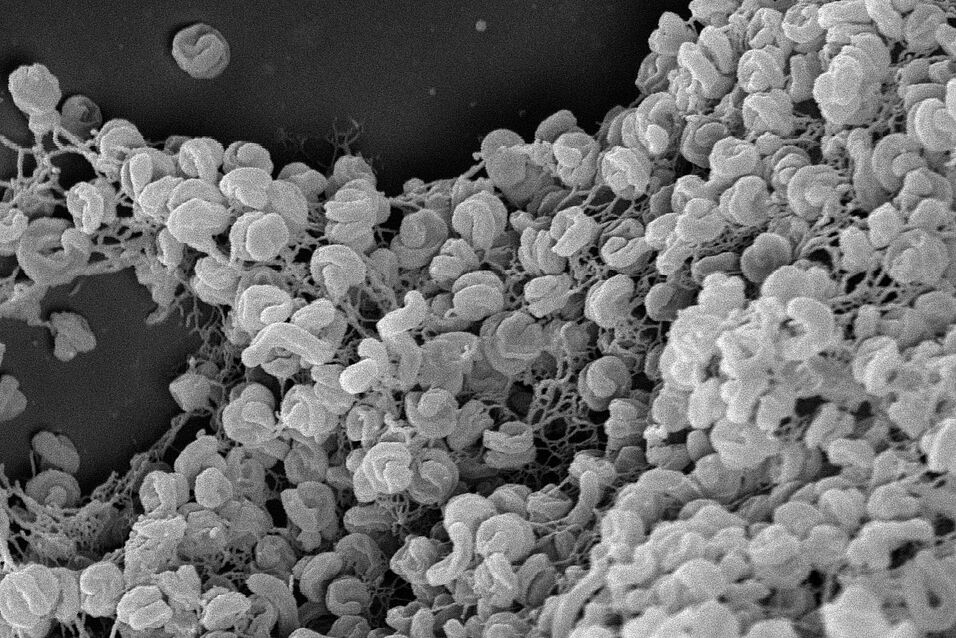Since 2005, aerobic ammonia oxidizing archaea (AOA) are considered the main microorganisms controlling ammonia in terrestrial and aquatic systems. Many of the enzymes in AOA require Cu to function for example as part of the ammonia oxidation pathway. In contrast to bacteria, where various models of Cu acquisition and incorporation of Cu into enzymes exist, it is currently unknown how AOA acquire Cu in the environment
The key aim of our project is to determine how archaea such as Nitrososphaera viennensis take up Cu from the environment. We are also interested in determining the rate of Cu uptake by these AOA. As part of our approach we plan on cultivating AOA in fermenters and batch cultures under Cu limiting conditions. The expression of genes of AOA cultures will be monitored using transcriptomics to determine what types of proteins are potentially involved in Cu uptake. We also plan to use different types of soils to test for Cu uptake.
Since Cu is needed for various pathways of nitrogen metabolism in archaea, determining how Cu influences the AOA pathway and discovering the genes involved in Cu uptake will be groundbreaking for the fields of geosciences, microbiology and ecogenomics

